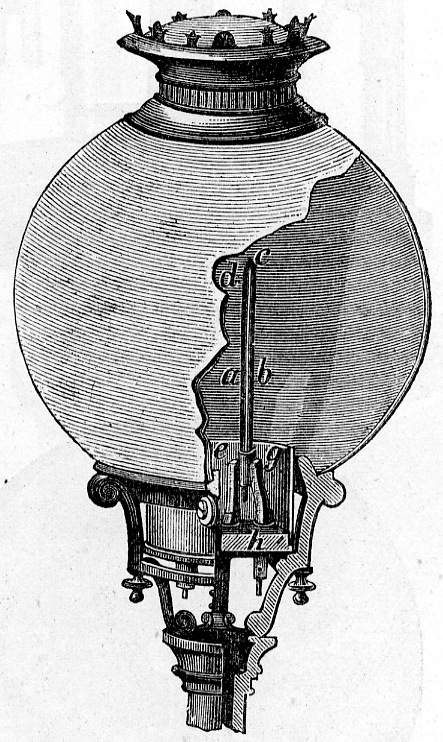Forgotten Victorian Inventions: Lost Technologies of the 19th Century
Published: December 14, 2024
The Victorian era (1837-1901) was a period of remarkable technological ferment. From the pervasive steam engine to the groundbreaking electric telegraph, innovations reshaped daily life. However, not all inventions achieved lasting success. Many ingenious gadgets and ambitious projects, while capturing the Victorian imagination, ultimately faded from history. Let's explore some of these fascinating "what ifs" of Victorian technology.
The Pneumatic Tube System: A Victorian Internet?

Before the internet, the Victorians experimented with pneumatic tubes for rapid communication, using compressed air to propel carriers through networks of tubes.
- How it worked: Air pumps created pressure or vacuum, propelling carriers to their destination.
- Victorian applications: Used for telegrams, mail, and even small parcels in cities like London and Paris.
- Why it didn't last: More efficient technologies and the high cost of maintenance led to its decline.
The Atmospheric Railway: A Breath of Fresh (and Expensive) Air

The atmospheric railway attempted to use air pressure to power trains, with a piston inside a tube between the rails being propelled by air.
- How it worked: Pumping stations created a vacuum, drawing the piston and train forward.
- Victorian applications: Short lines were built in Britain, Ireland, and France.
- Why it didn't last: Maintaining the airtight seal and the cost of pumping stations made it unviable.
Early Electric Lighting Experiments: Before Edison's Bulb

The Victorians experimented with electric lighting decades before Edison, using arc lamps that produced light by creating an electric arc.
- How it worked: An electric current jumped between carbon rods, creating a bright arc.
- Victorian applications: Used for street lighting in some European cities.
- Why it didn't last: Too bright, harsh, inefficient, and requiring frequent maintenance; Edison's bulb proved superior.
The Teleautograph: Sending Handwritten Messages

The teleautograph aimed to transmit handwritten messages over telegraph wires, a precursor to the fax machine.
- How it worked: Pen movements were translated into electrical signals, reproducing the handwriting at the receiving end.
- Victorian applications: Used for transmitting signatures and drawings.
- Why it didn't last: Complex and expensive compared to the telegraph and telephone.
The Mechanical Calculator (Difference Engine): Babbage's Dream

Charles Babbage's Difference Engine was an ambitious attempt to create a mechanical calculator for producing mathematical tables.
- How it worked: Used gears and levers to perform calculations and print results.
- Victorian applications: Designed for astronomical and navigational calculations.
- Why it didn't last (in its original form): Too complex for the technology of the time; a working model was built much later.
The Velocipede: Early Bicycles

While bicycles are still around, the early versions, known as velocipedes or "boneshakers," were quite different.
- How it worked: Pedals were directly attached to the front wheel, making for a bumpy ride.
- Victorian applications: Early form of personal transportation and recreation.
- Why it evolved: The design was uncomfortable and inefficient, leading to the development of the "high-wheeler" (penny-farthing) and eventually the modern bicycle.
The Fire Telegraph: Early Fire Alarm Systems
Early attempts at automated fire alarm systems used telegraph technology to alert fire departments.
- How it worked: Heat sensors or manual call boxes triggered telegraph signals to fire stations.
- Victorian applications: Used in some cities to improve fire response times.
- Why it evolved: Early systems were prone to false alarms and were gradually replaced by more reliable and sophisticated technologies.
The Harmonograph: Creating Visual Music

The harmonograph was a mechanical device that used pendulums to create geometric drawings, visualizing musical harmonies.
- How it worked: Pendulums attached to drawing implements created intricate patterns on paper.
- Victorian applications: Used for scientific demonstrations, artistic creation, and entertainment.
- Why it faded from mainstream use: While aesthetically pleasing, it was primarily a novelty and was overtaken by other forms of visual art and entertainment.
These forgotten Victorian technologies demonstrate the era's innovative spirit and the importance of practicality, cost-effectiveness, and adaptability in technological success. While these inventions didn't all endure, they played a crucial role in paving the way for the technologies we use today.

